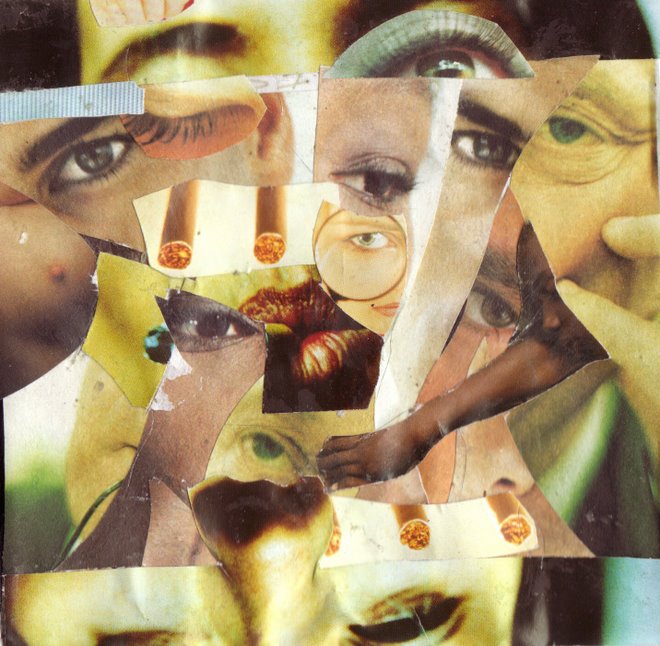As promised in the last point, here is a very Norwegian record and a continuation of the interface between folk music and jazz that I've been exploring for a while. Followers may recall the six records posted by Francois Tusques and the Intercommunal Free Dance Music Orchestra and the two records by Ken Hyder's Talisker. There were also clear folkish strands in the Welfare State/Lol Coxhill record posted below.
Østerdalen is in the Eastern interior of Norway, close to the border with Sweden, and this record draws upon dance and song traditions of that eastern valley (which is what the name means). This was made in the mid-70s and released on a record label which was very much a front for the Maoist party of Norway, not dissimilar to Tusques' sympathies with les Gauchistes and the Chinese Cultural Revolution at the time. As such, it reflects the cultural politics of that party and movement, consciously drawing on national folk traditions and adapting it to the modern idiom of jazz.
This record assembles a top crew of jazzers in the mid-70s, not the least Jan Garbarek, who had acquired an international reputation through many releases on ECM.
These pieces are played fairly straight, but leaving some room for jazz improvisation and the final track actually sees the crew in a collective blow out.
The online magazine Ballade asked critcs and musicians to nominate their all-time fave Norwegian jazz records and this made it to no. 20, not too bad considering that this is a very untypical jazz record as far as jazz goes. The magazine also noted that this was the only one among the top 20 which had not made to cd. In other words, perfect for this blog! For those who want to explore further, one cannot fail by getting the magnificent "Musik genom fyra sekler" by Jan Johansson that came out in 1968, shortly before his death. And there was Merit Hemmingson as well, updating Swedish folk on the Hammond B3 in the early 70s. Sign of the times!
As Torgrim Sollid says on the back sleeve: "We have recorded this record because we think it is right to cultivate our musical roots. We think it is a pity that no one has heard all this fine music for so very long". Posting it here may carry it even further, I hope.
Tracks:
a01_Bruremarsj (etter Martinius Helgesen)
a02_Pols (etter Martinius Helgesen)
a03_Halling (etter Martinius Helgesen)
a04_Bånsull (etter Gudlaug Bjøraanesset)
a05_Pols (etter Martinius Helgesen)
a06_Gukko (etter Martinius Helgesen)
a07_Bukkehornlåt (etter Ole Eggen)
a08_Kulokk (etter Ole Haugen)
a09_Bånsull (etter Peder Gjermundsen Lien)
a10_Salmetone (etter Marit Holmen)
b01_Bruremarsj (etter Martinius Helgesen)
b02_Halling (etter Martinius Helgesen)
b03_Bånsull (etter Martinius Amundsen)
b04_Kulokk (etter Hanna Moren)
b05_Halling (etter Martinius Amundsen)
b06_Kulokk fra Tolga (etter Petronille Hulbækdal)
b07_Halling (etter Johan Elgsbøen)
b08_Pols (etter Martinius Helgesen)
b09_Vår Gukko
b10_Gukko fra Åsbygda
Players:
Lars Martin Thommesen: trumpet, fluegelhorn
Torgrim Sollid: trumpet, fluegelhorn
Jan Garbarek: soprano sax, tenorsax, bass sax
Knut Riisnæs: Flute, tenor sax
Alf Erling Kjellmann: tenor sax
Erling Aksdal jr.: piano
Bjørn Alterhaug: bass and vocals
Ole Jacob Hanssen: drums of various kinds
"Etter" means "after" - the original composer.































.jpg)













